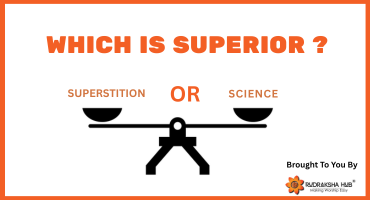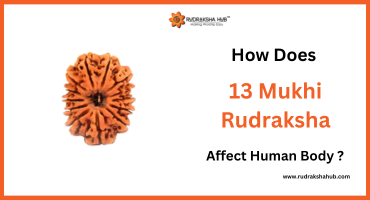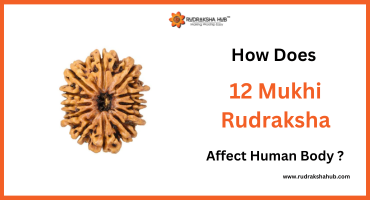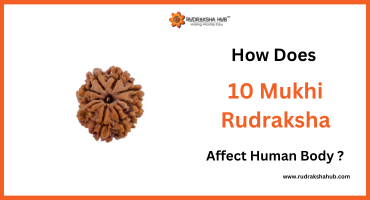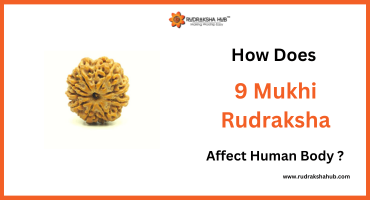
Marked as the divine blessings of Lord Shiva, Rudraksha holds a lot of religious and spiritual significance for Hindus. Complementing this spiritual importance, the Vedas mention that the Rudraksha seeds bestow therapeutic healing, spiritual wellness, wisdom, and wealth.
Significance of Rudraksha
The vertical lines visible on the Rudraksha that run from the top to the end are called mukhis (faces). There are various mukhis of rudraksha, each having its own significance and vibes. The majority of the rudraksha found are 4,5,6 mukhis. Eka mukhi or single-face rudraksha is the rarest and is one that many desire to possess at least one unit of it.
Plantation specification
These trees are said to grow in hilly regions as the temperature in these regions is quite consistent. Therefore, most of the rudraksha plantations are seen near Gangetic plains in the foothills of the Himalayas to Nepal, parts of Australia, and more. Out of the 300 species, 35 are found in India. Especially, the Rudraksha found in Nepal is considered to be of superior quality.
Pointers to ponder while growing Rudraksha
1. In open land
Temperature: The temperature of the surroundings where the sapling is planted must be below 35 degrees.
Space: These trees prefer to grow in narrow places than in open grounds. However, these trees as they start growing, the roots develop buttresses at the trunk.
Shape: Rudraksha trees have cylindrical trunks and the upper is circular and bushy. The bark is generally greyish-white in color with a rough texture. When grown in nature, the branches tend to spread wide and long creating a visual effect like that of a pyramid. A rudraksha tree grows approximately 14.60 to 29.20 meters in height depending upon the surroundings it is planted.
Growth: Growing rudraksha needs patience. Depending on the humidity in the soil, ideally, it takes nearly 2-3 years for a rudraksha tree to bear fruits and thereby beads. Overall, nurturing a rudraksha tree till it gives the beads is like a 7-8 years journey. A well-nurtured and grown rudraksha tree bears 1000-2000 fruits annually. Once the tree starts bearing fruits and seeds eventually, you can be sure that the tree would last long.
Leaves and fruits: Interestingly, the leaves are shiny green on the top whereas dull and coriaceous at the bottom. The flowers of the leaves are ovoid, conical approximately 1-2 cm in diameter. The tree starts flowering during the summers, whereas the tree starts bearing fruits in midwinter. A single tree bears different mukhis of rudraksha.
2. In pots or backyards:
- Choose a wide pot. Ideally, the pot size should be 18-20 inches deep and at least 7-10 inches wide.
- If growing in the backyard choose a space 30×30 in size.
- Because the Indian climate is harsh most of the time, ensure that the space you choose has shade or you can make provision for shade.
- Regular watering of the plant is a must. In addition, you must also infuse the plant with high-potash fertilizer.
- As the plant consumes a lot of water, there is a possibility that the roots may rot. Ensure that you don’t wet the foliage. Also, ensure you have good drainage in place.
Though some home gardeners have ventured into growing rudraksha in pots and their backyards, it cannot be defined that the rudraksha grown in nature are superior in quality. Adding to that. rudraksha grown in and around the Himalayan region are the best. They are larger, heavier, and more powerful because of the climatic conditions they grow. Wherever it is grown or however it is grown, the fact remains that nurturing a Rudraksha plant is like meditation. It calls for patience, practice, and commitment.
How To Grow Good Rudraksha At Home?
This is a very common question for most people because they believe in the power of the divine force. Growing Rudraksha at home is a good thought, but Rudraksha trees best work only in hilly areas, where the temperature is on the lower side.
Also, the presence of hills and inclined land makes the trees sustainable because Rudraksha trees cannot survive in still water. They need a cold atmosphere and just enough water for the roots to gain potassium and other nutrients from the soil.
Apart from this, heavy heat or direct sunlight is not desired for a better plantation of Rudraksha trees.
These factors if kept in mind can help with a good Rudraksha tree, but in case there is still water, non-inclined plains, hot weather, or other unfavourable conditions, the Rudraksha tree might not grow properly. Expecting a fruit of Rudraksha or a seed of Rudraksha in the non-acclimatized region is not a good idea because the fruits or seeds of Rudraksha come out to be of better quality only when they are in the actual zone where they get the correct nutrition from the surroundings and also better growth opportunities in the natural zone rather than the artificially created zones.
To know more about Rudraksha beads and their plantation, read out more on the internet about what is Rudraksha or what is the difference between different types of Rudraksha beads. There are many more studies on different types of Rudraksha beads and their advantages, merits, benefits, significance, importance, and uses. These can be explored here.
Contact wa.me/918542929702 or info@rudrakshahub.com for any query or any request related to Rudraksha beads and their plantation. Till then, keep reading on Rudraksha Hub and increasing your knowledge..!!

